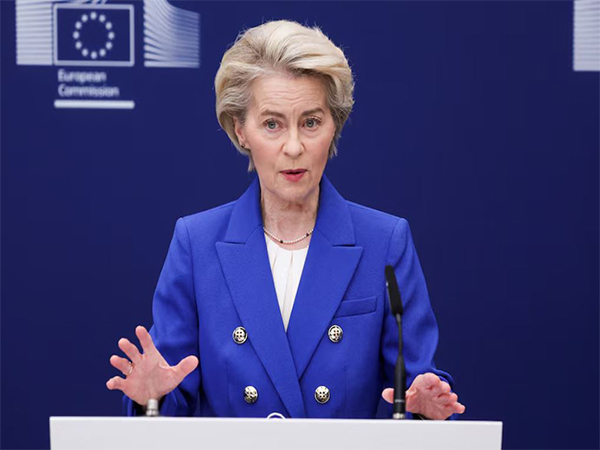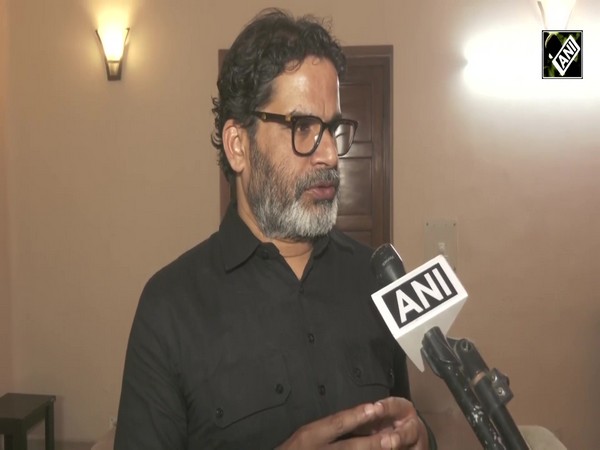Beijing's view on India-China Tawang clash
Dec 18, 2022

Beijing [India], December 18 : China's reaction to the Tawang clash depicts that the country had once again shown its "deception diplomacy" in launching one of the biggest attacks along the LAC in recent years and is also not surprised by the incident, The Diplomat reported citing an expert on China-India relations.
Expert in India-China relations Professor Lin Minwang, in a statement, said, "In a way, it was not surprising that both sides would clash in the eastern section of the border."
On December 13, China, reacting to the Tawang clash, said that "China-India border areas are generally stable. The two sides have maintained smooth communication on boundary-related issues through diplomatic and military channels."
"We hope that the Indian side will work with us in the same direction, earnestly deliver on the important common understandings reached by leaders of both sides, and act strictly in the spirit of relevant bilateral agreements signed by both sides and jointly preserve peace and tranquility in the border areas," Chinese Foreign Ministry spokesperson Wang Wenbin said while addressing the Regular Press Conference.
Earlier, on December 9, People's Liberation Army troops contacted the LAC in Tawang Sector which was contested by Indian troops in a firm and resolute manner. This face-off led to minor injuries to a few personnel from both sides.
It was the most significant incident between the nations since the violent clashes along the Line of Actual Control (LAC) in Galwan in June 2020, reported The Diplomat.
From the Indian side, Defence Minister Rajnath Singh said that soldiers from both sides had sustained injuries meanwhile China had given no detail of the scuffle in Tawang.
Beijing also urged New Delhi to "earnestly implement the important consensus reached by both leaders, strictly abide by the spirit of the agreements and accords signed by both sides, and together uphold the peace and tranquility of the China-India border region," according to The Diplomat.
Interestingly, India reported that the troops from both countries clashed along the disputed border near the Yangtze area in Arunachal Pradesh, bordering the Tibet Autonomous Region. However, Chinese media claim the specific location of the conflict between China and India was in the Dongzhang area.
It is pertinent to mention that this is the same area, 25 kilometers east of Xiaocun and Bangshankou, where the two sides clashed in October 2021. Moreover, during the 1962 war also, the People's Liberation Army (PLA) attack was launched to control Tawang.
According to The Diplomat citing Chinese reports describing the latest face-off, the demarcation line between the actual control of the two sides in the direction of Cuona-Tawang is still the Bangshankou Pass.
According to Chinese media reports, the Dongzhang area clash between the PLA and Indian Army on December 9, 2022, is just a resumption of what happened in September-October last year. Just as in 2021, this time around the PLA team consisted of about 250-300 soldiers - larger numbers as compared with 200 people in 2021 - who went to the frontline of the Dogoer grassland mountain pass with the purpose of demolishing illegal buildings.
Unexpectedly, this time the PLA was confronted by a large Indian patrol team comprising 400 troops. Both sides entered a scuffle in which six Indian soldiers received serious injuries and were admitted to a hospital in Guwahati, The Diplomat reported.
According to Chinese strategic affairs analysts, the Tawang border clash, the Indo-US military exercise near the LAC, and, the Philippines-U.S. joint military exercise is to give an upper hand to America during Secretary of State Antony Blinken's visit
As the tensions between China and India escalate along the LAC, Chinese analysts predict there will appear more friction points between China and Australia, Japan, South Korea, and even Taiwan, respectively.
Some Chinese strategists and analysts believe that China was forced to initiate dismantling Indian fortifications as India is expanding its infrastructure building along the border, as per The Diplomat report.
Third, India's enhancement of the logistics and transportation capabilities along the LAC in recent years, in particular in Tawang in Arunachal Pradesh, is perceived in Beijing as a growing threat.
China, for its unprovoked military aggression, blamed India which is a historically rare occurrence in winter. With this, China has once again displayed "deception diplomacy" in launching one of the biggest attacks along the LAC in recent years, reported The Diplomat.



















